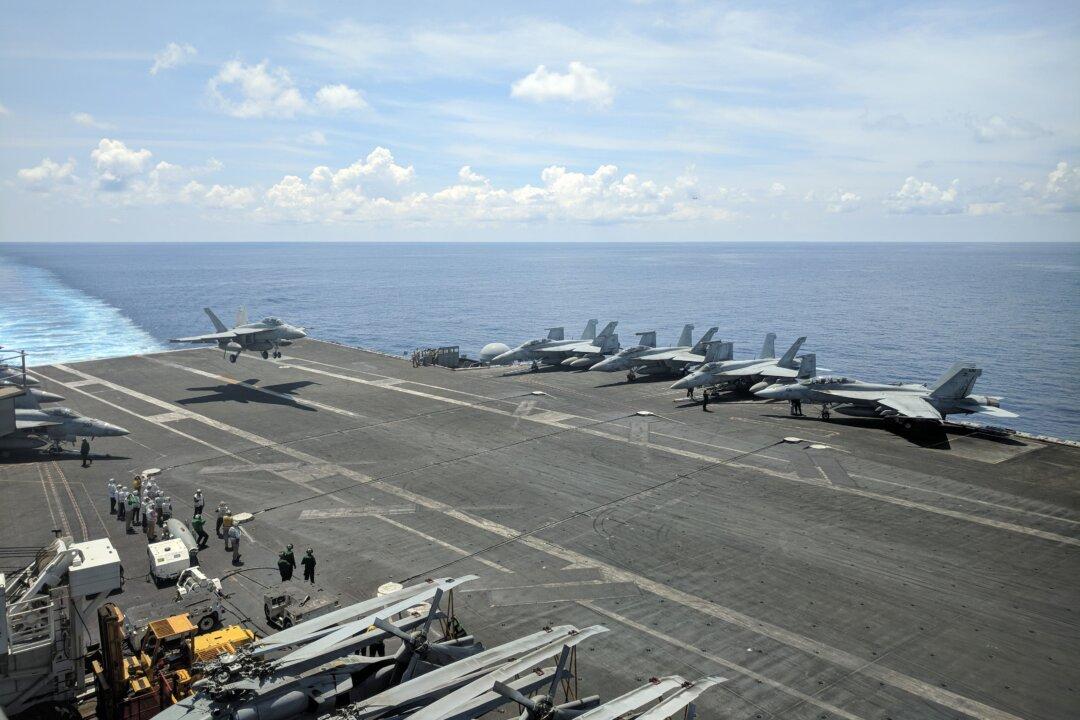News Analysis
WASHINGTON—Since China began turning Pacific reefs and atolls into militarized islands, countries around the world have struggled with how to respond.

WASHINGTON—Since China began turning Pacific reefs and atolls into militarized islands, countries around the world have struggled with how to respond.